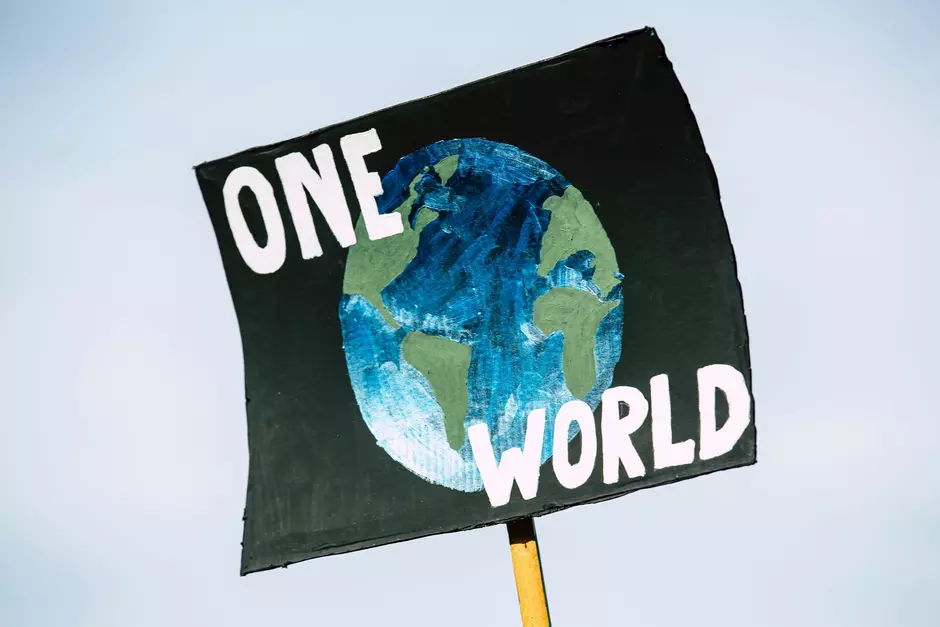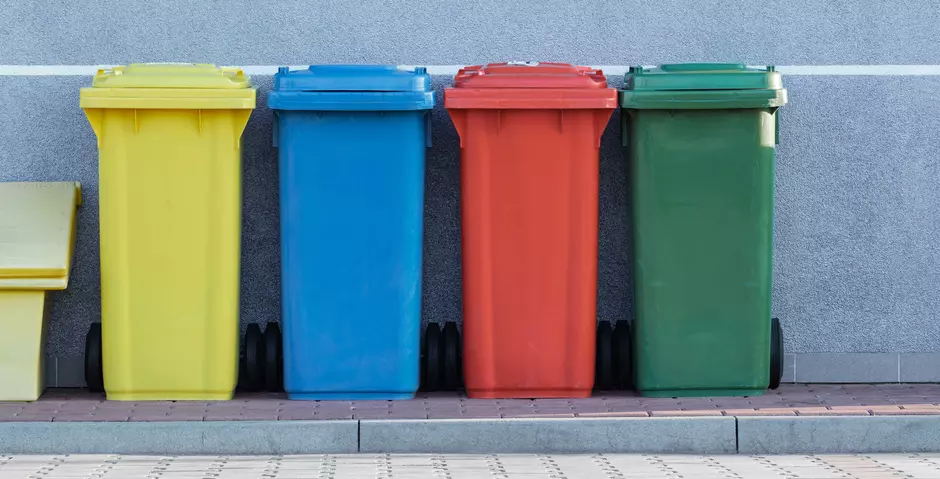Veolia Voice
The State of the Environment report has caught our attention and it should capture yours, too. Although it bears a warning for all of us, there's reason for optimism.

State of the environment needn't be a state of despair
Australia's 2021 State of the Environment Report, recently released by the federal government, is a disturbing read but one that we can act upon to bring positive change.
Climate change and the massive impact it has on each and every one of us is no longer a myth. Land and ocean temperatures are rising. Australia contributes significantly to global greenhouse gas emissions. Our waterways, beaches and shorelines are generally in a poor state. Critical water sources and native forests are at greater risk than ever before. In a country with such diverse flora and fauna, Australia now has more foreign plant species than native. Low life expectancies in remote communities are partially being driven by lack of access to good quality water. All in all, the report is so dire that if it were a movie, it would be classified R with “horror themes”.
One finding in the report was particularly noteworthy for us. In the past decade, waste sent to landfill in NSW increased by 10% with the quantity of hazardous waste almost doubling. On the face of it, that might not sound so disturbing. After all, the New South Wales population increased by about 10% in that same period so it might stand to reason that waste would take a similar trajectory.
However, that would mean we’re in the same position we were 10 years ago, despite advances made in waste design, prevention, recycling, recovery, treatment and disposal. And that's more than a little scary considering the circular economy – how we can reuse everything in our economic cycle – is supposed to be one of the ways out of our mess.
Since 2012, hundreds of millions of dollars have been spent on waste education campaigns and initiatives in an effort to prevent unnecessary waste, reuse where possible and recycle more. We’ve also invested heavily in recycling infrastructure and manufacturing processes to make products more recyclable. However there is always more to be done, and there is nothing to lose but everything to gain!
Fortunately, the Australian Government’s National Waste Action Plan includes provisions for more recycling and recovery, namely with the introduction of food and garden organic (FOGO) waste bins for all Australian households and businesses by 2023. Veolia will be able to recycle this waste – which makes up about 40% of all household bins – into compost that can be used to help grow new crops or generate renewable energy from it in the form of biogas. This is a much better outcome because it reduces the quantity of methane in the environment, a greenhouse gas that is 28 times more impactful than carbon dioxide.
In other good news, many local government areas across the country already have a 3- or 4-bin system in place, allowing people to separate materials better so that we can recycle more and at a higher quality.
Energy from waste, a safe, proven technology that has been used around the world for decades, is also another initiative being adopted to recover value from non-recyclable materials. Veolia will operate Australia’s first two energy recovery facilities. Currently under construction south of Perth the facilities combined will divert more than half a million tonnes from landfill annually, while recycling any metals and recovering enough energy to power over 100,000 homes. Energy recovery facilities not only recover electricity, but they enable items like metals to stay in the circular economy loop, instead of going to waste.
Of course, more than anything, moving up the waste hierarchy away from landfilling and towards recycling requires a concerted amount of community effort. There’s a long list of ways we can all be contributing to reducing waste or reusing it. In doing so, we would be playing a sizable role in supporting our environment. Where waste can’t be avoided or reused, take the time to put it in the right bin. If it’s recyclable, it should always be recycled. It helps if we familiarise ourselves with our local council’s guidelines on what is and is not acceptable in our kerbside recycling bins.
The state of our environment presents us with significant opportunities and it signposts what action we should take today. If industry, government and the community continue to work together as they are, Australia’s next State of the Environment report could be an uplifting musical or a Disney favourite the whole family can enjoy.



